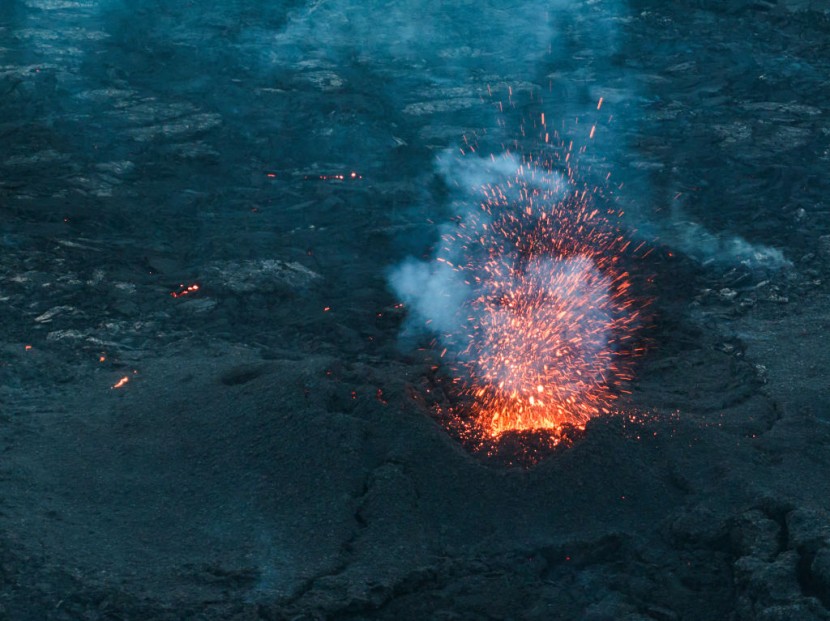Iceland's Sylingarfell volcano in the Reykjanes Peninsula erupted for the second time this year, spewing out lava up to 80 meters into the air.
Live video from the area obtained by Reuters showed fountains of bright-orange molten rock coming out of fissures in the ground, contrasting the night sky.
"Warning: A volcanic eruption started north of Sylingarfell," the Icelandic Meteorological Office said on its website, adding that it was preceded by intense volcanic earthquakes 30 minutes prior.
The fissure was roughly 3 kilometers long and was believed to be in the same location as the Dec. 18 eruption last year.
As a result, the nearby geothermal spa Blue Lagoon was closed to the public on Thursday (Feb. 8).

Eruption Away from Grindavik
The volcano's first eruption in 2024 lasted roughly two days back in January, with lava flows reaching the outskirts of the abandoned fishing town of Grindavik, with some houses in its outskirts consumed by the molten rock.
Icelandic geophysicist Ari Trausti Gudmundsson told Reuters that Thursday's eruption would unlikely pose a direct threat to the town as it took place in the fissures of the very first eruption back in December.
"But it could pose some threat to the road to Grindavik and it could pose some threat to the power plant and even to the Blue Lagoon," he said, adding that the risk depended on how much lava ultimately flowed from the ground.
Sylingarfell's lava flows were referred to as Icelandic-type, which does not usually result in large explosions or significant production of ash dispersed into the stratosphere, which was the type of volcano Eyjafjallajökull was when it erupted in 2010.
This also meant that Reykjavik's Keflavik International Airport remained operational and business as usual.
Despite downgrading the volcanic system's threat level, local authorities still warned the public about further eruptions as land continued to rise in the area due to magma accumulating underground.
© 2025 HNGN, All rights reserved. Do not reproduce without permission.








